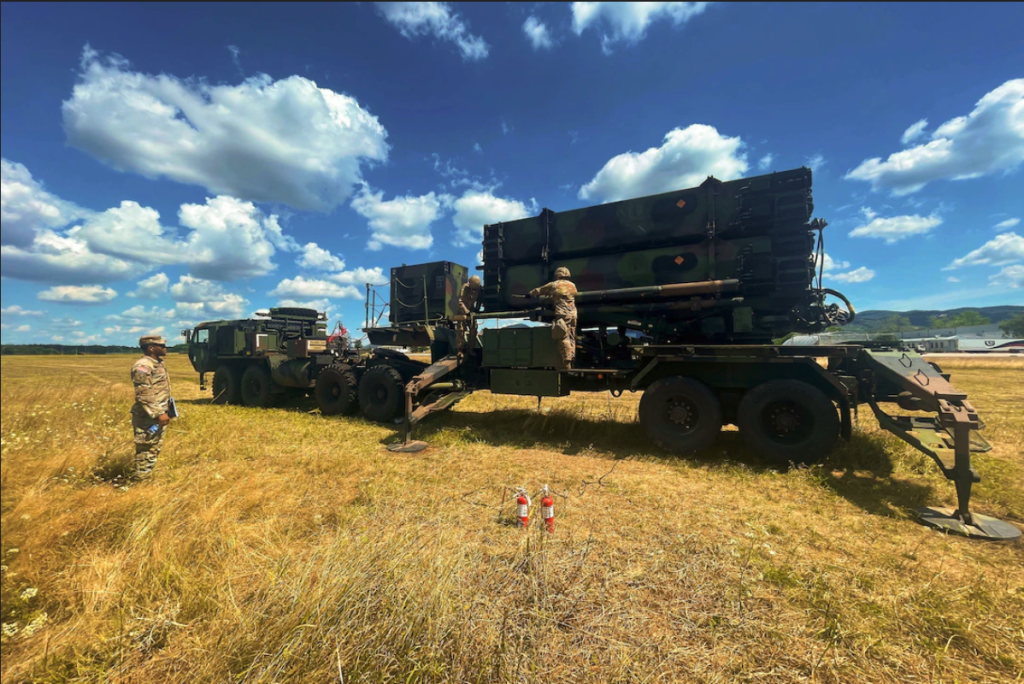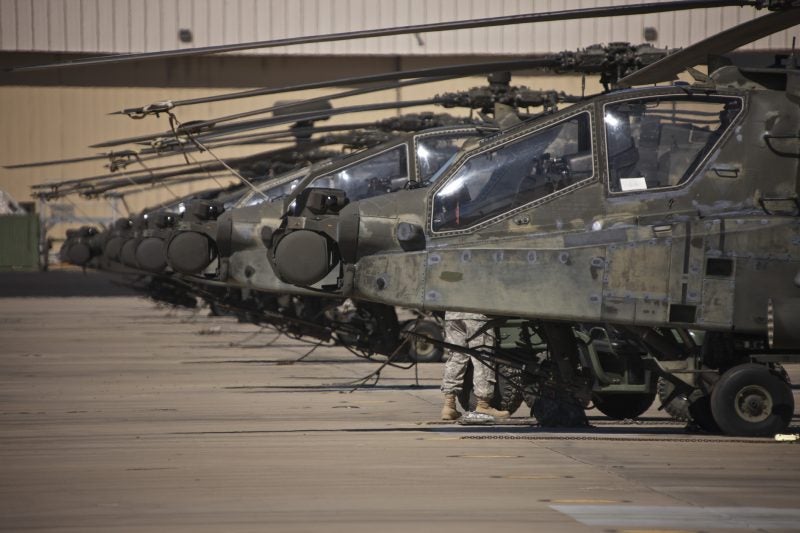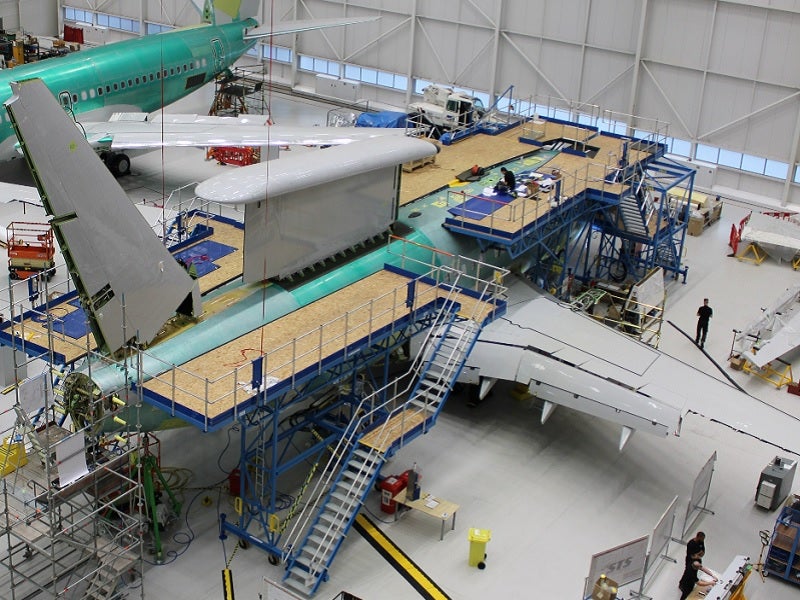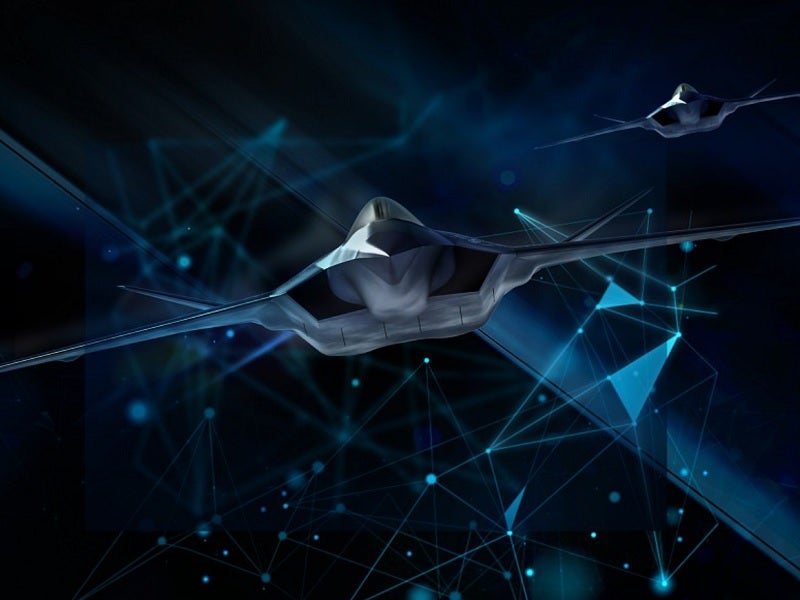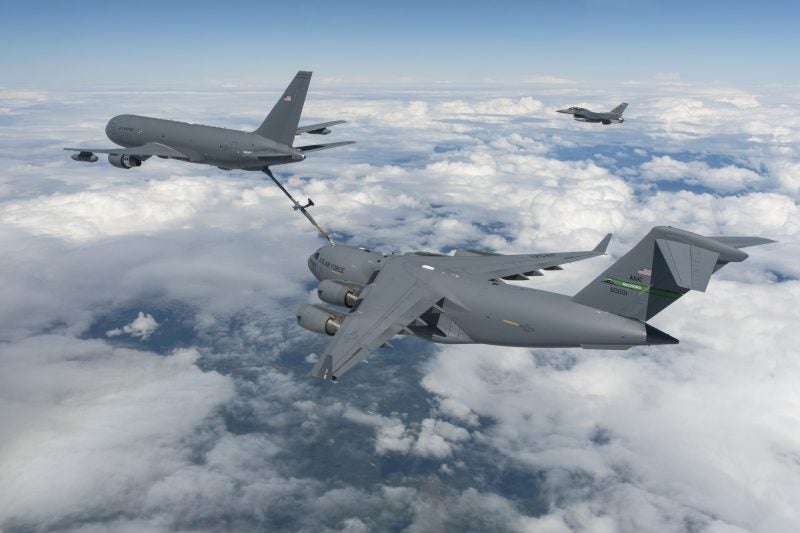
From Vietnam through to the Falklands and Iraq, aerial refuelling has been used by air forces in conflict for well over half a century.
Tankers continue to play an important role in serving bombers, fighter jets and, more recently, drones. According to market intelligence firm Stratview Research, the global aerial refuelling systems market could reach a value of $671.9m by 2024, owing to increasing demand and more funds being allocated to their development.
Aerial refuelling remains a key area of focus for the US Air Force (USAF) as it looks to phase out its ageing tanker fleet. At last year’s Paris Air Show, the USAF showed off its new Boeing KC-46A Pegasus tanker, which is able to carry 210,000 pounds of fuel and transfer up to 1,200 gallons per minute.
Boeing is scheduled to deliver 179 KC-46 tankers to the USAF by 2027, at a reported cost of $43bn. They will partially replace its current fleet of KC-135 refuelling aircraft, which first entered service back in 1957.
But, despite the excitement around KC-46, the tanker has been beset by technical difficulties.
Boeing pains: Fixing the KC-46
In particular, Boeing has come under pressure to fix issues around the tanker’s remotely operated refuelling boom. New video-based technology is supposed to enable operators to operate the boom from the front of the tanker, instead of from the back, but the USAF remains unsatisfied with the solution, labelling it a ‘category one’ deficiency, or an issue that ‘may cause death or severe injury… or major damage to a weapon system’.
“A remotely operated boom shouldn’t represent that much of a technological leap, but it evidently has for Boeing,” says Todd Harrison, an analyst from the Centre for Strategic and International Studies (CSIS), a Washington, DC-based think tank.
“They are going to need to make some changes to the boom system to make it more operational in all conditions. But using a camera in the loop should really be viewed as a stepping stone towards autonomous boom operations. After that, it’s not such a big leap to make the whole tanker unmanned.”
Unmanned progress: the MQ-25A Stingray
When it comes to autonomous refuelling, the USAF needs to look no further than its sister service, the US Navy. In September, the navy’s MQ-25A Stingray refuelling drone – also manufactured by Boeing – completed its first two-hour test flight. Boeing is said to be on course to deliver four MQ-25 aircraft by 2024, which will form part of the navy’s strike arm.
Speaking shortly after its completion, Captain Chad Reed, Navy Unmanned Carrier Aviation programme manager, described the test flight as a “big step in a series of early learning opportunities that are helping us progress toward delivery of a game-changing capability for the carrier air wing and strike group commanders”.
According to Harrison, there is also “increasing appetite” for aerial refuelling beyond the US. However, he warns that US allies, particularly NATO members, should not count on the US to meet their demand.
The KC-46 programme notwithstanding, the USAF is reportedly considering cutting its tanker fleet by 13 aircraft in the upcoming fiscal year, as part of efforts to balance the books.
“Given what the USAF is proposing in its budget, the US actually has a slight lack of aerial refuelling capacity right now,” he says. “The early retirement of these tankers is going to increase unmet demand. So, if allies and partners around the world were counting on the US to meet their demands, they are going to have to think again.”
Airforce-technology.com/wp-content/uploads/sites/4/2020/03/drone1.2048_0_1.jpg” alt=”” width=”900″ height=”492″ />The MQ-25 Stingray is the first drone with aerial refuelling capability. Image: Boeing
Chinese investments and a world-first for Australia
The Stratview Research suggests a burgeoning order book for tanker aircraft in Asia, particularly in China, India, Japan and South Korea. Last year, it was reported that China’s People’s Liberation Army Air Force – the third-largest air force in the world – had acquired three Ilyushin IL-78 MIDAS tankers from Ukraine to service its fleet of H-6 bombers.
Australia has also made notable efforts to expand its refuelling capabilities. In June 2018, the Royal Australian Airforce (RAAF) and Airbus Defence and Space conducted the world’s first automated refuelling exercise. Taking place over the Spanish coast, an Airbus 310 development tanker was able to align its boom with an RAAF KC-30A multi-role tanker transport, using image processing and a fully automated control system.
Recent developments around the world suggest that going unmanned is a primary goal for new refuelling technology. Flying tankers in perfect sync with a receptacle aircraft at hundreds of miles of an hour – not to mention hooking up pipelines with highly combustible fuels – requires vast reserves of precision and patience.
If perfected, unmanned or autonomous refuelling solutions could help take the pressure of such operations off pilots and human boom operators, as well as reducing risk to personnel involved. They could also help save operating costs, which may be welcomed by air forces that have seen their tanker fleets dwindle due to budget constraints.

